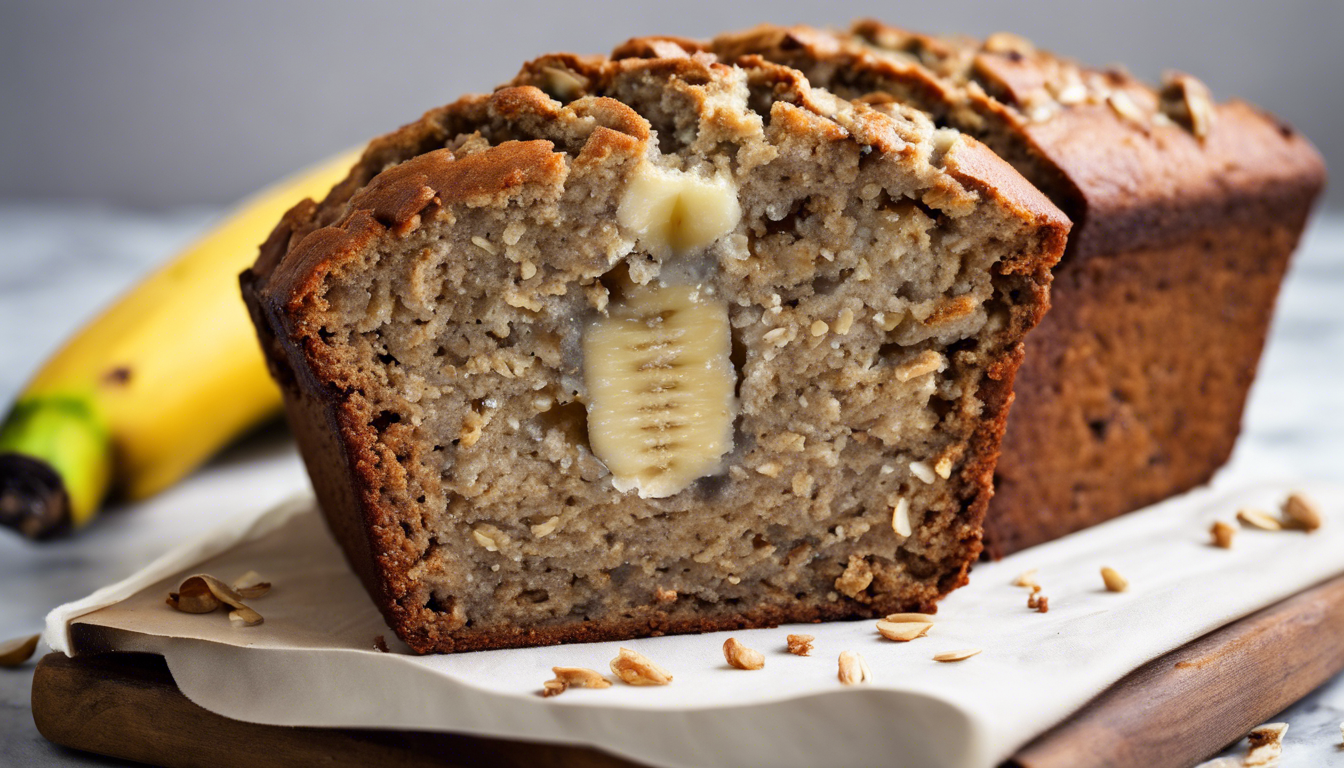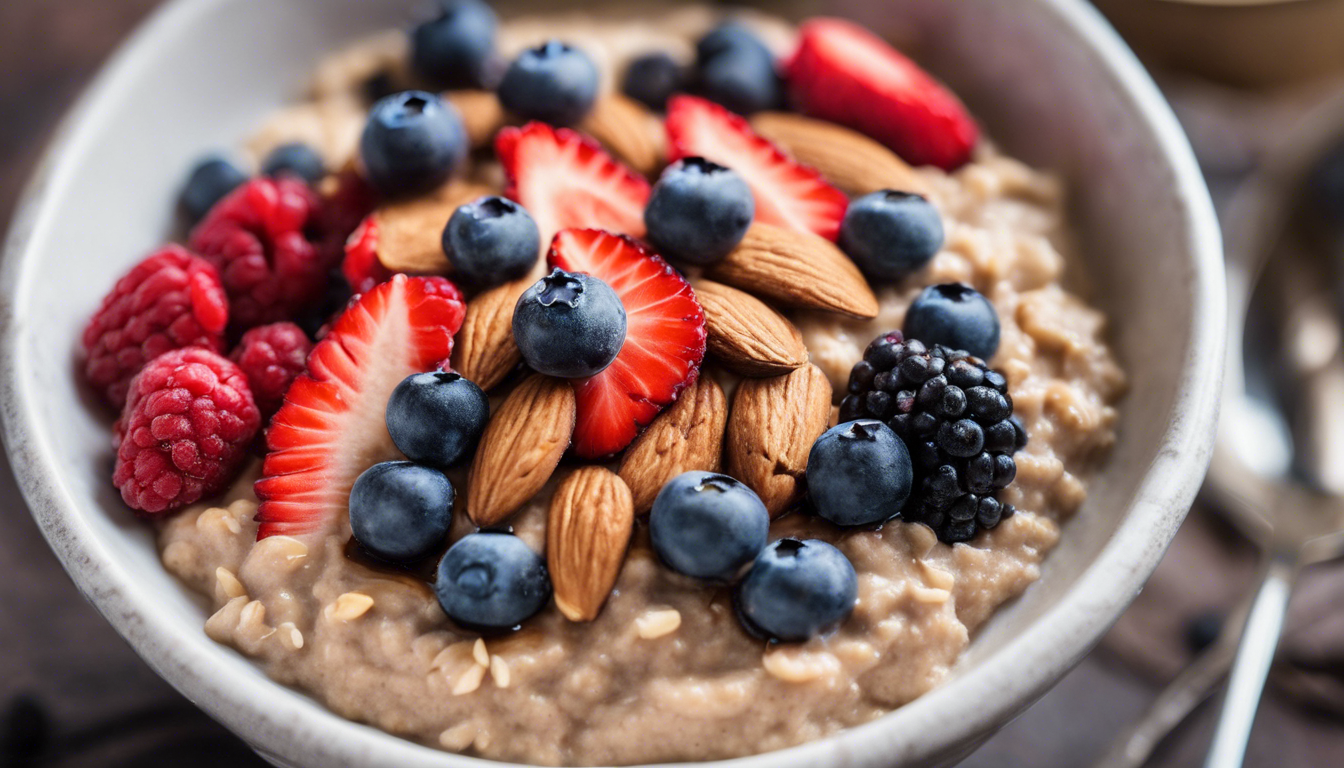
Nutritional adequacy of vegan diets
Contrary to the tenacious myth that vegan diets are inherently lacking in nutrients, the reality paints a different picture. When well-planned and balanced, vegan diets can be nutritionally adequate and even provide health benefits in the prevention and treatment of certain diseases. It’s like finding a hidden treasure trove of vitamins and minerals in a lush vegetable garden!
The cornerstone of nutritional adequacy is a diverse intake of foods. A varied vegan diet includes a rainbow of fruits and vegetables, whole grains, legumes, nuts, and seeds. Each of these food groups contributes its own spectrum of micronutrients. For instance, dark leafy greens are not just for decoration; they are packed with iron, calcium, and a multitude of vitamins. Just imagine the nutrient party going on in a bowl brimming with fresh spinach, kale, and Swiss chard!
One vitamin that raises eyebrows among skeptics is Vitamin B12, essential for nerve function and blood cell formation. It’s a valid point since B12 is naturally found in animal products. But fret not! Vegans can easily obtain B12 through fortified foods like plant milks, breakfast cereals, and nutritional yeast, often a flavorful addition to meals that can give dishes a cheesy or nutty taste. Plus, B12 supplements are a simpler option and can keep levels where they need to be.
Another hot topic is Omega-3 fatty acids. The omegas are often associated with fish, but their true origin story begins with microalgae, which fish consume. Hence, the vegan workaround? Go straight to the source with algal oil supplements or include flaxseeds, chia seeds, and walnuts in your diet. These offer rich amounts of ALA, an essential omega-3 fatty acid.
And let’s not say goodbye to protein – but that’s a tale to be told separately. Suffice to say, with attention and variety, a vegan diet can rival any other in terms of nutritional completeness. The key is awareness and planning, ensuring all dietary requirements are met. This approach is echoed by major health and nutrition organizations that recognize the viability of vegan diets for all life stages.
So, the next time someone questions the adequacy of a vegan diet, picture a feast of veggies, grains, nuts, and seeds, all conspiring to provide a robust and nutritious meal. Vegans, rest assured, your diet can stand tall on the nutritional front. It’s all about embracing variety and making informed food choices to create a well-rounded plate.
Vegan diets and protein sources
When it comes to protein, many folks start picturing hulking steaks and grilled chicken breasts. But here’s a fun fact to chew on: protein is not just a monopoly of the meat aisle. Plant-based pals offer their own protein-packed punch that can effectively fuel the body. So, forget about the myth that vegans struggle to get enough protein and hello to a world where plants provide plenty.
Let’s talk legumes – lentils, beans, chickpeas, and peas are like the rock stars of the vegan protein world. They’re versatile, affordable, and loaded with the kind of protein that keeps you going. Toss them in salads, blend them into soups, or whip up a mean hummus. These little wonders offer not just protein, but also fiber that’ll love your gut right back.
Seeds and nuts are another secret weapon in the plant-eater’s arsenal. Sprinkle hemp, chia, or flaxseeds onto your morning oatmeal or add a scoop of almond butter to your smoothie for a protein boost that comes with a side of healthy fats and joy. They’re small, but boy, do they energize you with their nutrient density.
Whole grains are often underestimated in their protein power. Quinoa, for example, isn’t just a trendy food item, it is a complete protein, containing all nine essential amino acids. And who could forget soy? Products made from soy, such as tofu and tempeh, are not only chameleons in the kitchen, transforming into whatever the culinary creation demands, but are also heavyweight contenders in the protein department.
Now for a pro tip: combining different plant-based proteins throughout the day can make sure you’re covering your essential amino acids bases. It is not about one mega protein meal; it is the variety that’ll score you the full spectrum. And contrary to old-school thinking, you don’t need to pair proteins at every meal to complete them. Over the course of the day, just let your palate lead the way from a bean burrito at lunch to a quinoa salad at dinner.
And for those who love the convenience of a quick fix, the vegan market is bustling with protein powders and bars made from peas, rice, or hemp. So, whether you’re post-workout or on-the-go, there’s a plant-based protein with your name on it.
Seeing the protein-rich world of vegan foods, it’s crystal clear that with a bit of knowledge and creativity, plant-based eaters can build muscles, power through their day, and basically conquer the world – all that without ever needing to crack open an egg or slice through a steak. So next time the protein topic crops up, vegans can flex their nutritional knowledge along with their plant-powered biceps!

The cost of a vegan lifestyle
When envisioning a vegan lifestyle, many imagine a grocery bill that skyrockets with every ring of the fancy organic produce and exotic health-food items. But let me tell you, this image couldn’t be further from the truth! Just like any eating style, a vegan diet can be tailored to fit a range of budgets, and it doesn’t require a golden ticket to sustain.
Think about it: some of the most budget-friendly staples are naturally vegan. Rice, beans, pasta, lentils, and a wide variety of seasonal produce can be found at prices that don’t break the bank. Buying in bulk and choosing store brands can stretch those dollars even further. These humble ingredients can be turned into mouth-watering dishes that feel gourmet without the haute cuisine price tag.
What about those fancy vegan alternatives for cheese, meat, and milk that seem to be popping up everywhere like mushrooms after the rain? Yes, it’s true, they may cost a pretty penny. But guess what? They aren’t necessities for a nutritious vegan diet. They’re great for convenience and adding variety, but you don’t need to rely on them. Remember, you’re in the driver’s seat when it comes to how you navigate your vegan journey.
It’s also worth mentioning that cooking at home can dramatically decrease your food expenses. Arm yourself with a good cookbook or some plant-based food blogs, and you’ll find that whipping up a vegan feast at home is not only worth every penny but also incredibly satisfying. Plus, cooking is like a form of alchemy—you transform basic ingredients into gold, both in value and taste.
And let’s not forget the cost of health care. Eating a diet rich in whole plant foods can potentially save you big bucks down the line with lower health care costs due to better overall health outcomes. Less money spent on medications and doctor visits? That’s a form of savings too!
Let’s debunk the stereotype that says a vegan lifestyle is an exclusive club for the well-heeled. With a little planning and savvy shopping, a balanced and delightful vegan diet can be as kind to your wallet as it is to animals and the planet. So, you can breathe easy and let your budget guide you to delicious and economical yet valuable eating choices, all while maintaining a cruelty-free ethos.
Vegan food variety and taste
Imagine walking into a food festival, where the air is buzzing with excitement and the scent of spices tickles your nose. Now picture that same vibrant atmosphere in the vegan food world. The myth that vegans are sentenced to a lifetime of bland salads and tofu is about as outdated as the flip phone. Vegan cuisine is a kaleidoscope of tastes, textures, and tantalizing flavors!
There’s a global smorgasbord to explore, from the savory depths of Mediterranean falafel and hummus to the zesty zing of Mexican enchiladas topped with cashew cheese. Asian stir-fries, Indian curries, and Italian pastas demonstrate that nearly every dish from around the world has a delicious plant-based counterpart. Vegan chefs and home cooks alike are mastering the art of substitution and innovation, turning traditionally animal-based dishes into plant-powered feasts.
Then there’s the burgeoning world of vegan baking, which proves that dairy and eggs are mere supporting actors rather than irreplaceable stars. With ingredients like flaxseeds, apple sauce, and ripe bananas to bind and moisten, what emerges from the oven are treats that are every bit as delectable as their non-vegan counterparts. Decadent chocolate cakes, fluffy muffins, and crunchy cookies—all can be made vegan without sacrificing an inch of flavor or texture.
What about the crunch of fried chicken or the sizzle of a burger patty? Enter the realm of plant-based alternatives that have taken the market by storm. Brands are concocting everything from crispy chick’n nuggets to smoky barbecue ribs that even staunch meat-lovers have to admit are impressively close, if not identical, to the “real” thing. Innovations in food technology are paving the way for a future where the lines between plant-based and animal-based are deliciously blurred.
Seasonings and spices are the unsung heroes that bring vegan dishes to life. Let’s not forget that the base ingredients of many dishes are naturally plant-based: it’s the seasoning that makes them sing. Smoked paprika, turmeric, cumin, fresh herbs—all these and more can transform simple ingredients into a symphony of flavors.
Perhaps most exciting of all is that vegan cuisine is a dynamic and ever-evolving art. Social media is brimming with creators showing off show-stopping vegan recipes and tips, foodie blogs are churning out new and inventive dishes, and cookbooks are hitting the shelves to demystify the craft. This constant innovation ensures that vegan food is not just keeping up with its animal-based counterparts in variety and taste but is often leading the charge in the foodie revolution.
So, now, let’s lay to rest the notion that vegan food lacks variety or flavor. The reality is quite the contrary. Vegan cuisine is a playground for the palate, melding health, ethics, and taste into an irresistible combination that is both satisfying and exciting. It’s not just about eating your veggies; it’s a gastronomic adventure where every meal is an opportunity for exploration and every bite is a celebration of taste.